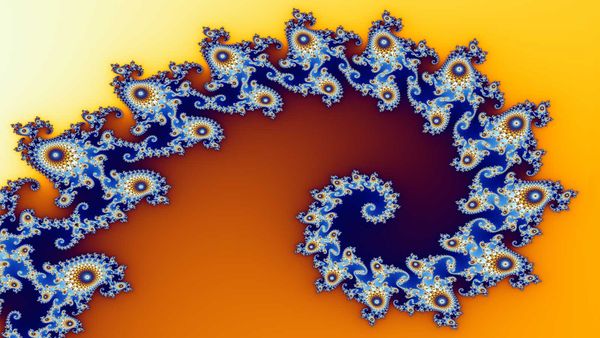Anyone who has ever fallen in love will tell you it's the little things about the other person that matter. The silly in-jokes shared at the end of the day. The peculiarities of the other person's morning coffee ritual. The way he or she lets old paperbacks stack up on the bedside table. Such interrelated details come to define us. They trace the undercurrents of our personality, and, to the observant and loving eye, they illuminate true beauty.
In the eyes of some, there is no finer beauty than that found in mathematics. They look at the world of numbers and, just as you'd never define your human beloved solely by his or her profession or hair color, the math lover sees beyond the mere function of numbers. The likes of 6, 28 and 496 turn into something more sublime than simple carriers of information. Independent of their usage, numbers become fascinating entities, and their mathematical relationships express the complexity of a vast system underpinning nature itself.
Advertisement
The study of those sometimes subtle and far-reaching relationships is number theory, sometimes referred to as higher arithmetic. Number theorists scrutinize the properties of integers, the natural numbers you know as -1, -2, 0, 1, 2 and so forth. It's part theoretical and part experimental, as mathematicians seek to discover fascinating and even unexpected mathematical interactions.
What kind of relationships? Well, we actually categorize integers into different number types based on their relationships. There are, of course, odd numbers (1,3, 5 … ), which cannot be divided evenly, and even numbers (2, 4, 6 … ), which can. There are square numbers, produced by multiplying another number by itself. For instance, 2 x 2 = 4 and 3 x 3 = 9, so 4 and 9 are both square numbers. So is 1 (1 x 1 = 1) and so is 9,801 (99 x 99 = 9,801). We also express these four examples as 22, 32, 12 and 992.
Now let's add another level of intrigue to this example. In some cases, we can add square numbers together to produce other squared numbers in what is called a Pythagorean triple, as they fit the Pythagorean theorem (a2 + b2 = c2). An example of this is 32 + 42 = 52, or 3, 4, 5.
Number theory involves analyzing such mathematical relationships, as well as asking new questions about them. But just what is a theory of numbers? What goes into formulating a proof, and why do some mathematical questions remain unanswered for centuries?
Advertisement


